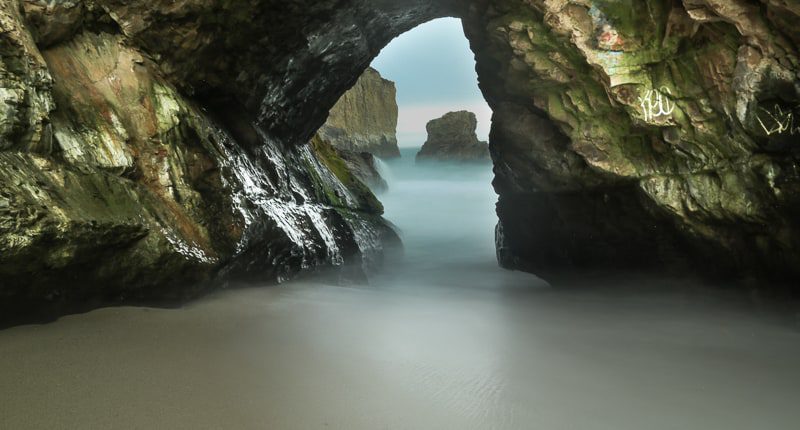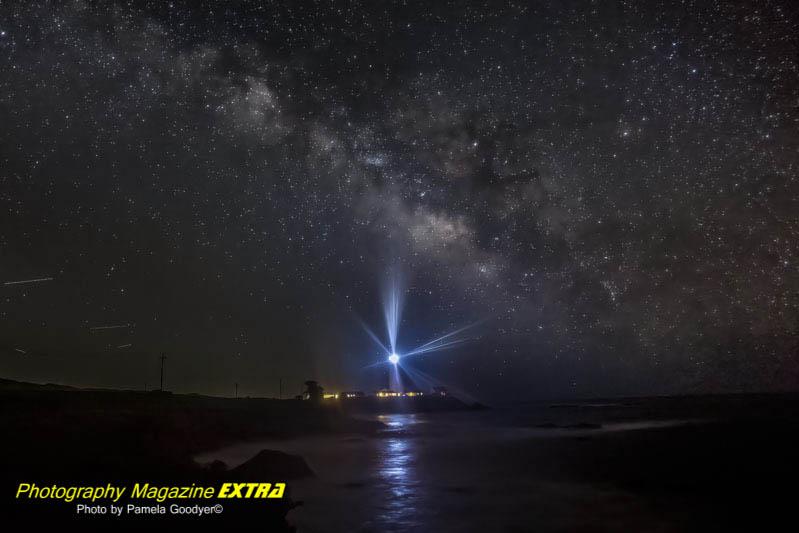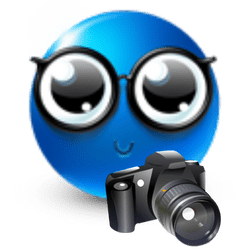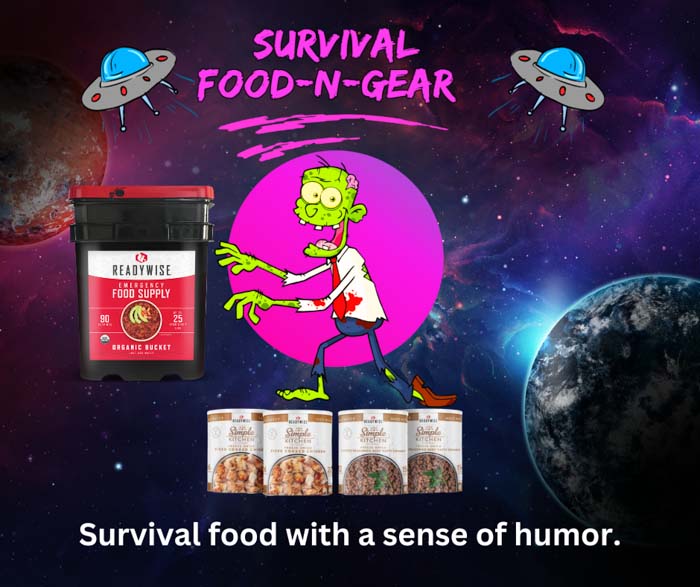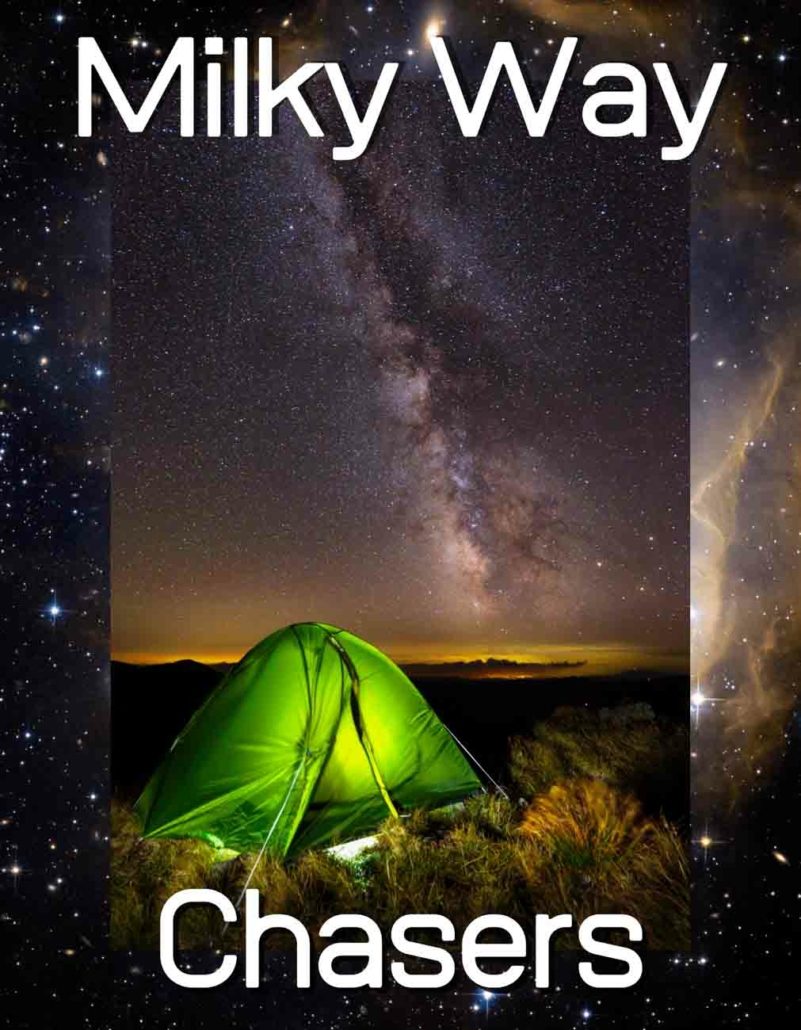SHARK FIN COVE
Photography Hot Spot Location
You are here looking for a breathtaking photography location in California. Look no further than Shark Fin Cove. This scenic spot is perfect for capturing dramatic shots of the Pacific Coast. Read on to learn more about this popular photography destination.
ABOUT SHARK FIN COVE
Shark Fin Cove is a beautiful photography location in California that offers stunning ocean views. The cove is home to various marine life, including sharks, incredible rock formations, and a dark sky location, making it a popular spot for photographers.
Located along the rugged coastline, Shark Fin Cove lies 1.5 miles south of Davenport and 10 miles north of the vibrant city of Santa Cruz.
PHOTOGRAPHING SHARK FIN COVE
Shark Fin Cove is a populardestination located in California. The cove is known for its dramatic cliffs, crashing waves, and resident sharks. Here are some tips for photographing Shark Fin Cove:
1. Use a wide-angle lens with a neutral density filter to get milky water long exposure shots.
2. Shoot sunset and Milky Way photography here too.
3. Shoot in RAW. This will give you the most flexibility when editing later on.
4. Wander around with your camera, exploring all the different areas around Shark Fin Cove.
SHARK FIN OVERLOOK
At Shark Fin Cove Overlook, there is a stunning view of the beach and the iconic Shark Fin Rock. For those who want to capture different perspectives of this natural wonder, take the trail that winds around the top of the cliffs. This area offers plenty of photo opportunities, with varying viewpoints, to capture the beauty of the cove and its surroundings. Take a short walk along the cliffs, soaking in the breathtaking scenery before looping back to your starting point.
SHARK FIN ROCK
Aptly named Shark Fin Rock, it resembled the sharp dorsal fin of a great white shark, adding an element of danger to the otherwise peaceful beach. This geological wonder was a favorite among visitors.
SUNSET PHOTOGRAPHY
With its stunning sunset views and unique rock formations, Shark Fin Cove is a must-visit spot for any picture-taking enthusiast. The golden hour lighting and clear skies make it the perfect location to capture breathtaking images. Even if you’re not behind the lens, the cove still offers a romantic and picturesque setting to watch the sunset. It’s no wonder this hidden gem is one of Santa Cruz County’s best-kept secrets for sunset viewing.
SEA CAVE
A secret sea cave lies on the left side of the beach, hidden amongst the rugged cliffs. Its walls are carved and smoothed by centuries of relentless waves, creating an eerie yet alluring entrance. But beware, for its depths can be treacherous. One can safely navigate its slippery floors and dark chambers during low tide. Even then, unexpected sneaker waves can surge without warning, making each step a calculated risk.
Yet, even from a distance, the sea cave offers breathtaking views. The vibrant blue hues of the ocean peek through its cavernous mouth, beckoning to those brave enough to venture inside. The salty air dances on your skin as you stand at its threshold, teasing you with the mysteries that await within.
WHERE TO EAT AND STAY
Within a mile of Shark Fin Cove – Davenport Road House Reservations and Information. It’s a fabulous place to eat, drink, and stay. We Highly Recommend it! This is one of our favorite places of the year. (the year we were there :) More info below.

